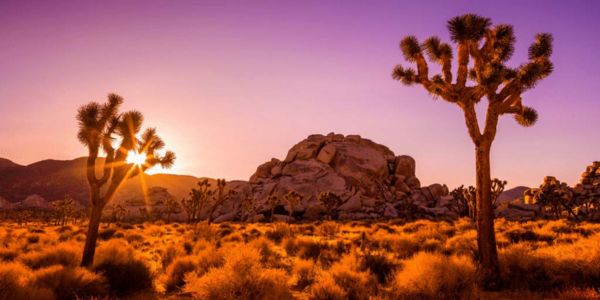Infrastructure such as dams and levees are necessary to support and protect communities along the river; however, the dramatic alterations to the Rio Grande’s water flow and path have dramatically affected the ecosystems of the river and surrounding riparian areas. Changes to historic flow patterns of the river have decimated the population of the Rio Grande silvery minnow. Similarly, alterations to the Rio Grande’s path and flow affect the health of willow groves along the river, including the Bosque del Apache National Wildlife Refuge. These groves are critical habitat zones for the Southwestern willow flycatcher and the yellow-billed cuckoo, which both rely on cottonwood-willow forests for breeding and successful reproduction. Guardians also questions the veracity of the U.S. Fish and Wildlife Service report concerning the potential impact of the proposed levee project on the threatened and endangered species in the area. The agency found that the project would have severe and negative impacts on the silvery minnow, willow flycatcher, and yellow-billed cuckoo; however, the agency concluded that the survival and recovery of these species would not be seriously threatened. In upholding the agencies’ approval of the Levee Project, the Court rejected Guardians’ arguments that the agencies had not done a thorough analysis of the Project’s potentially significant impacts to the minnow, flycatcher, and cuckoo.

Greg Lavaty
Championing one of the Rio Grande’s last wild stretches
WildEarth Guardians v. Army Corps of Engineers
Seven months after Guardians filed suit against the Bureau of Reclamation and U.S. Army Corps of Engineers for failing to implement changes regarding the management of the Rio Grande, we have filed an additional suit against the Corps of Engineers, WildEarth Guardians v. Army Corps of Engineers, that challenges a major levee system proposed along the Middle Rio Grande. The levee system, which is proposed for a 43-mile stretch of the river from the San Acacia Diversion Dam (north of Socorro, New Mexico) south to the Elephant Butte Reservoir, threatens to destroy crucial habitat for the Rio Grande silvery minnow, the Southwestern willow flycatcher, and the yellow-billed cuckoo, which are protected by the Endangered Species Act, as well as many other plant and animal species. Guardians attorneys Samantha Ruscavage-Barz and Stuart Wilcox are not seeking to block the entire project, but instead are asking the Corps of Engineers to reevaluate the scope of construction and its impacts on the Middle Rio Grande ecosystem. Guardians argues that while a 6-mile section of the levee system, which is already under construction north of Socorro, is necessary to protect the town from flooding, the remaining 37 miles of proposed levees are not necessary to mitigate flood risk and will devastate willow groves and disrupt the annual flow of the river.
